There are many cheap and easy ways to add nitrogen to soil. Nitrogen is essential for healthy plant growth.
Nitrogen aids the plant’s metabolism, helping the plant to process food, and promotes the production of chlorophyll, which is necessary for plant growth.
Nitrogen levels in soil can become depleted by overwatering or heavy rainfall. Checking that the soil has an adequate supply of nitrogen is important to ensuring healthy soil for plants and gardens.
Adding Nitrogen by Adding Compost to the Soil

Adding compost to the soil is a slow, steady method of raising and maintaining a good nitrogen level in the soil. However, this method takes time.
Compost is made up of organic matter that is rich in nitrogen. Soil can’t absorb nitrogen from compost before the compost has broken down, so compost shouldn’t be added during highly active growth periods.
Use compost that is made up of both brown and green organic matter. During fall, sprinkle a light layer of compost over the surface of the soil and then dig it in around the bases of trees and other plants like azalea bushes.
Gardens are more likely to be fallow during fall, giving the microorganisms in the compost time to break down. Once the compost has broken down, the soil will absorb the nitrogen.
Adding Nitrogen by Adding Green Manure to the Soil
Green manure is also known as cover cropping. Ground cover crops can be grown specifically to add nitrogen to the soil. As soon as the plants have grown sufficiently, cut or till the plants into the soil. The green matter breaks down and releases nitrogen into the soil.
Adding Nitrogen by Adding Composted Manure to the Soil
Animal manure is rich in nitrogen and elevates nitrogen levels in the soil. However, animal manure is hot and has such a high level of nitrogen that the manure burns the plants if added directly to the soil.
Adding nitrogen to soil using animal manure takes time because the manure first needs to be added to a compost heap, mixed through, and left to decompose with the compost for four to six weeks.
Once the manure has decomposed, the compost with the manure should be spread in a thin layer over the soil and around the bases of shrubs like the bayberry bush and trees. Dig the composted manure into the soil towards the end of fall, before spring planting.
Horse, cow, chicken, goat, and rabbit manure are all suitable for adding nitrogen to soil. Avoid using droppings from carnivores like dogs and cats.
Animal droppings from meat-eaters contain harmful organisms that affect the health of plants. If carnivorous animals’ droppings come into contact with fruit and vegetables, these harmful organisms can cause illness in people who eat the produce.
Adding Nitrogen by Adding Manure Tea to the Soil
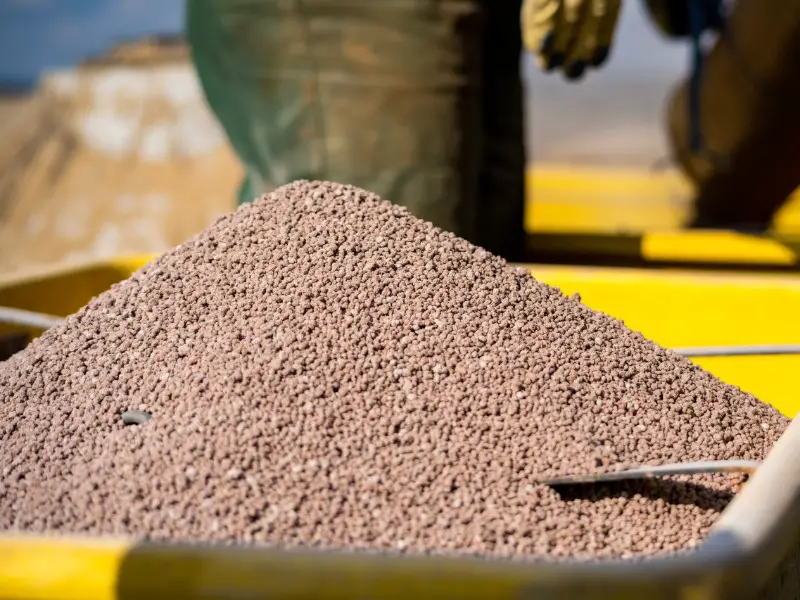
Manure tea is tea made by steeping animal manure, rich in nitrogen, in water for two to three days. The tea should be diluted with water before being added to plants or soil.
Horse, cow, chicken, goat, and rabbit manure are all suitable for making manure tea. Fill a 5 gallon bucket two thirds full with water. Add animal manure to fill the bucket completely. Leave the mixture to stand for two to three days, stirring twice a day.
On the third day, pour the liquid into another bucket. Add the solid waste at the bottom to your compost pile.
Another way to make manure tea is by making a “teabag” with the manure. Fill a muslin bag with manure and place the bag in a bucket of water, also in a ratio of one part manure to two parts water. Follow the same steps as above, removing the bag on the third day.
Dilute the manure tea with water to a pale brown color. Pour the diluted liquid onto the soil around plants to add nitrogen to the soil.
Adding Nitrogen to Soil by Planting Beans and Legumes
Beans and legumes are known as nitrogen-fixing plants. These are plants that fix the nutrients in the soil and add nitrogen to the soil as the plants grow, instead of absorbing nitrogen from the soil.
Rotating crops every year and planting beans and legumes where nitrogen-draining plants have previously grown helps to restore the nitrogen level in the soil.
Adding Nitrogen by Adding Blood Meal to Soil
Blood meal is dried animal blood that is saved and processed from animals that have been slaughtered. Blood meal is rich in nitrogen and works quickly to raise the nitrogen level in soil instantly.
Blood meal is available from nurseries and garden supply stores. Dig a thin layer of blood meal into the soil any time that you become aware that the nitrogen level in the soil is too low.
Adding Nitrogen by Adding Alfalfa Meal to Soil
Alfalfa meal is an organic fertilizer made from dried, ground alfalfa plants. Rich in nitrogen, alfalfa meal can be dug into the soil to give an instant lift to the soil’s nitrogen level. Use alfalfa meal sparingly by spreading a thin layer over beds.
Adding Nitrogen by Adding Diluted Human Urine to Soil
Human urine is completely sterile and is high in nitrogen. Urine also has high levels of salt and burns plants if used undiluted.
If your soil needs an instant nitrogen boost, dilute human urine in a ratio of one part urine to twenty parts water, and pour directly onto the soil to add nitrogen to the soil. Add diluted urine to soil once every three months.
Understanding Nitrogen Levels in Soil
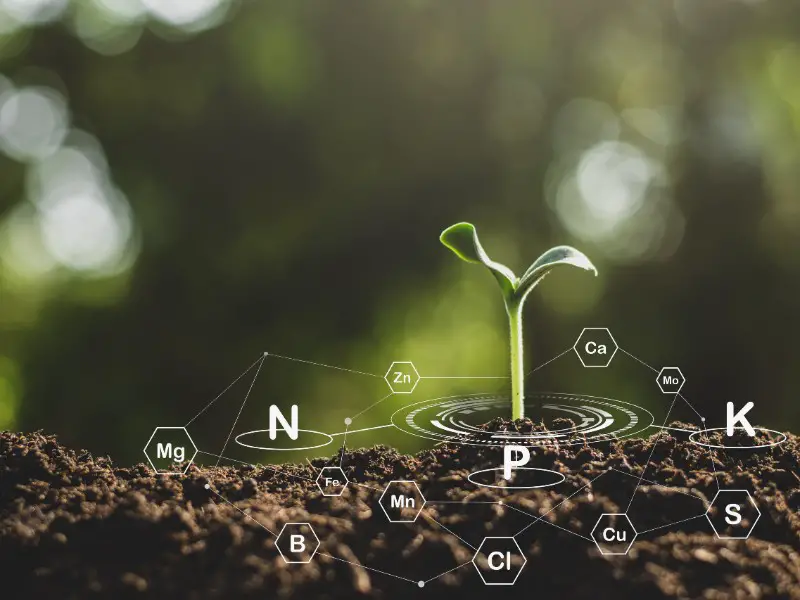
Why it’s Important to Check Nitrogen Levels in Soil
Checking nitrogen levels in soil is important because plants need to be able to draw enough nitrogen from the soil to ensure healthy growth. However, too much nitrogen is detrimental to the soil and plants.
Plants with an abnormally high nitrogen level produce too many stalks and leaves, and don’t develop strong enough roots to support the plant. Nitrogen can make animals ill if the animals eat plants that have excessive nitrogen levels.
How to Check Nitrogen Levels in Soil
The only way to know for sure if your garden has sufficient nitrogen is by testing the soil. Soil samples can be sent to a professional laboratory to perform a scientific test on the sample, to check the nitrogen level in the soil. However, it’s possible to test the soil at home.
There are many home soil-testing kits available from garden centers. Following the instructions on the pack is important to get an accurate result.
The leaves on plants often indicate low nitrogen levels. If the leaves are very dark green, if the edges of the leaves look dark brown and burnt, or if the leaves start turning yellow, it could be an indication of a nitrogen deficiency in the soil.
When to Add Nitrogen to Soil
Plants draw the most nitrogen from the soil towards the end of the vegetative stage and the beginning of the reproductive stage. Nitrogen should be added to soil at the end of fall or beginning of spring, just before planting.
Adding nitrogen before planting ensures that the soil has enough time to absorb the nitrogen, giving new plants the opportunity to draw nitrogen from the soil.
During the growth period of plants, you may notice tell-tale signs, such as abnormal leaf coloring, that indicate a low nitrogen level. If this happens, give the soil an instant nitrogen boost using one of the methods described above.
Adding Fertilizer to Soil to Increase Nitrogen
Commercial fertilizers that increase nitrogen can be added to the soil. There are different types of fertilizers.
Chemical fertilizers are made from synthetic chemicals, while organic fertilizers are made from natural organisms. Both types of fertilizer are effective at raising nitrogen levels in soil.
The NPK ratio in fertilizer refers to the levels of the three most essential chemicals in soil: nitrogen (N), phosphorus (P), and potassium (K). The best NPK ratio for adding nitrogen to soil is 3-1-2 (i.e. 3% nitrogen, 1% phosphorus, and 2% potassium).
The best time for adding fertilizer to soil is at the end of fall or beginning of spring, just before planting. Follow the instructions on the pack to figure out the ideal quantity of fertilizer to add to soil.


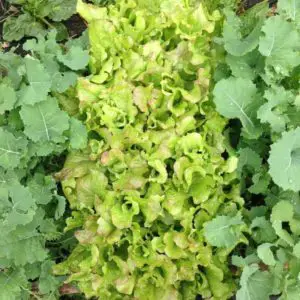
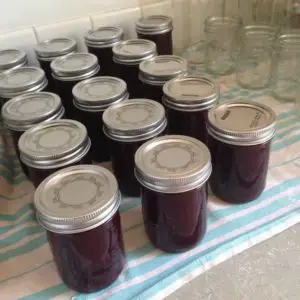
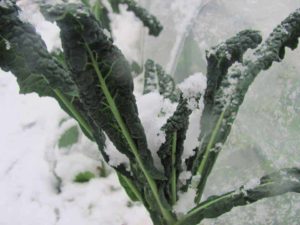



Very informative post, I read this article and learned a lot about how to add nitrogen to the soil. Glad to be one of several visitants on this amazing site. I was seeking this certain information for a long time. Thanks and best of luck.